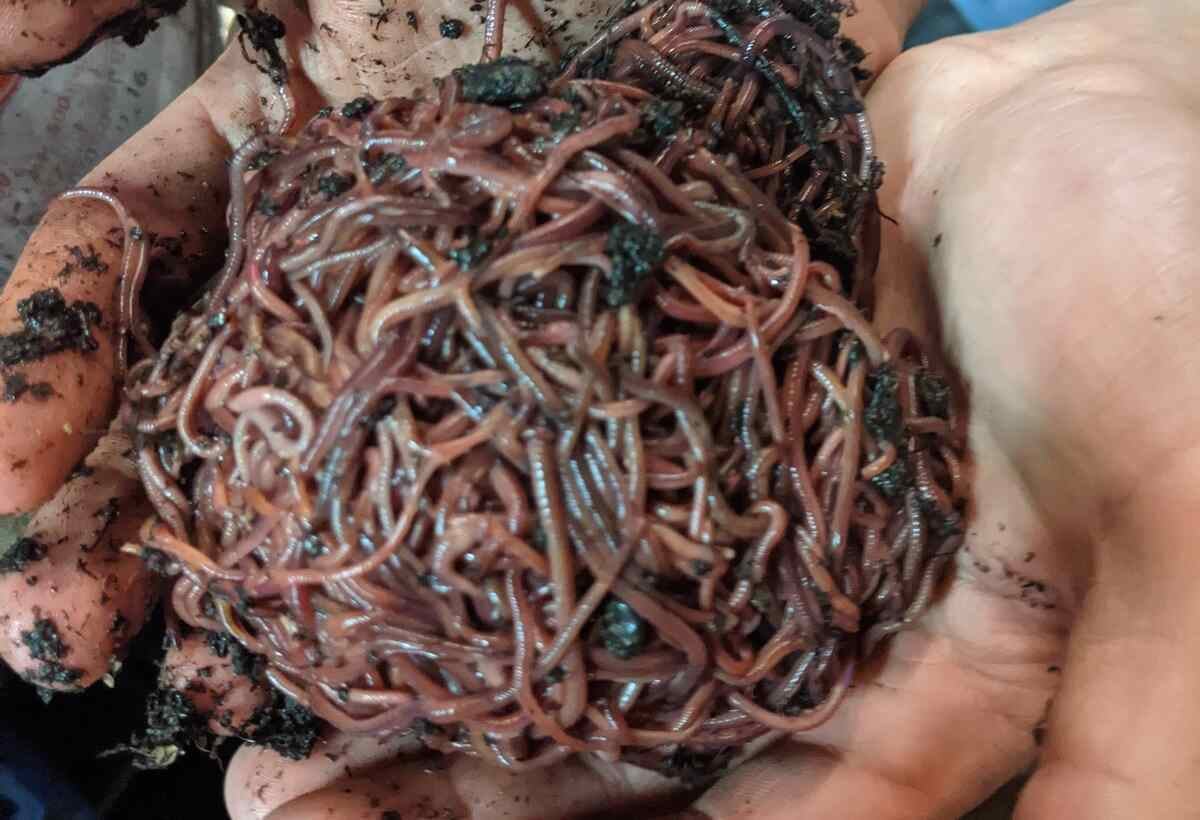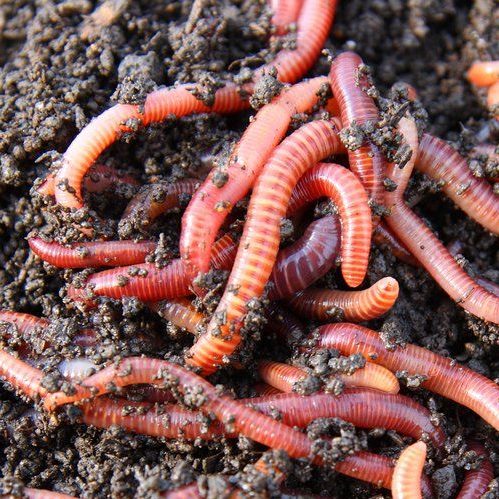Red Wigglers 101: Every Little Thing You Required to Know for Thriving Gardens
Red wigglers, or Eisenia fetida, play an essential role in lasting horticulture techniques, offering as efficient decomposers that transform organic waste right into important vermicompost. Recognizing their environment, nutritional choices, and the myriad advantages they provide can transform your horticulture method.
Understanding Red Wigglers

Red wigglers thrive in settings rich in organic product and wetness. Red Wiggler Express. They possess an unique digestion system that allows them to process food scraps quickly, secreting spreadings that are packed with essential nutrients such as nitrogen, phosphorus, and potassium. These castings enhance dirt framework, enhance water retention, and foster helpful microbial activity, all of which add to durable plant wellness
Additionally, red wigglers can endure in diverse conditions, making them adaptable to different horticulture methods, consisting of indoor and outdoor composting systems. Their capability to take in large quantities of natural waste day-to-day positions them as useful allies for both home garden enthusiasts and industrial farmers. By including red wigglers right into horticulture initiatives, one can significantly boost soil fertility and support sustainable horticulture methods.
Perfect Environment for Red Wigglers
Creating an optimal atmosphere for red wigglers is crucial for optimizing their composting capacities and overall health. Red wigglers prosper in damp, dark, and well-aerated habitats, which carefully resemble their native environments in ground cover and decaying natural issue. An ideal environment must supply a temperature level range between 55 ° F and 77 ° F(13 ° C to 25 ° C), as extreme temperatures can emphasize or damage the worms.
The bed linens product, such as shredded newspaper, cardboard, or coconut coir, ought to be kept wet yet not extremely damp, as excessive moisture can lead to anaerobic conditions harmful to worm health. Additionally, a pH degree in between 6.0 and 7.5 is ideal, guaranteeing a balanced setting.
Appropriate oygenation is just as essential; it enables for oxygen circulation and protects against the build-up of hazardous gases. A container or container made for vermicomposting must have water drainage holes to remove excess wetness and promote air flow. Regular tracking of these conditions is essential for keeping a growing red wiggler population, inevitably improving their performance in damaging down natural waste and enhancing garden soil.
Dietary Needs and Preferences

Red wigglers show particular choices; they are specifically warm of softer, decomposing materials over more difficult or more coarse materials. It is important to prevent feeding them citrus peels, onion, and garlic in big quantities, as these can be dangerous. In addition, meat, milk, and oily foods should be excluded, as they can draw in parasites and develop undesirable smells.
(Lake Hickory Bait)To preserve optimum health, a well balanced mix of green and brown materials is recommended. Environment-friendly materials, such as vegetable scraps, give nitrogen, while brownish products, like cardboard and dried out fallen leaves, supply carbon. Keeping an eye on the moisture material and making certain a consistent food supply will even more boost their growth and composting capabilities. By satisfying their nutritional requirements, gardeners can cultivate a flourishing populace of red wigglers in their garden compost systems.
Benefits of Utilizing Red Wigglers
The exceptional benefits of using red wigglers in gardening prolong far beyond their role in composting. These versatile microorganisms contribute considerably to soil wellness, boosting vitamins and mineral availability and advertising microbial task. By aerating the soil as they delve, red wigglers enhance drain and root infiltration, developing an ideal environment for plant growth.
Moreover, red wigglers are reliable recyclers of organic waste, transforming it into nutrient-rich castings that work as a superb all-natural fertilizer. These spreadings contain useful microorganisms and crucial nutrients, such as nitrogen, phosphorus, and potassium, which are crucial for plant advancement. The slow launch of nutrients from worm spreadings makes sure a stable supply, lessening the threat of nutrient leaching and promoting lasting gardening techniques.
Using red wigglers promotes a much more sustainable gardening method by lowering reliance on chemical plant foods and advertising a closed-loop system, where waste is changed right into important sources. On the whole, incorporating red wigglers into horticulture practices provides a wide variety of environmental and farming benefits.
(Hickory NC Worms For Sale)
Composting With Red Wigglers

To initiate a successful vermicomposting system, choose an appropriate container with proper air flow and drain. The excellent environment for red wigglers includes a wet, dark official statement setting with temperatures between 55 ° F and 77 ° F. Begin by layering shredded paper, cardboard, and food scraps, guaranteeing a well balanced mix of carbon and nitrogen-rich products.
Red wigglers prosper on vegetable peels, fruit scraps, coffee grounds, and eggshells, while preventing meat, dairy products, and oily foods that can draw in bugs. Regularly check dampness degrees; the bedding should be damp but not soaked. Harvest worm spreadings every few months by dividing the worms from the garden compost, which can then be utilized straight in yards or saved for later usage.
Implementing vermicomposting not just reduces garbage dump waste however also enriches yard dirt, advertising healthy plant growth and sustainable horticulture techniques. Welcome this eco-friendly method to boost your gardening ventures.
Final Thought
In recap, red wigglers are vital organisms for boosting garden efficiency with efficient composting. By using red wigglers, garden enthusiasts can substantially improve dirt high quality and nutrient availability, promoting much healthier plant growth.